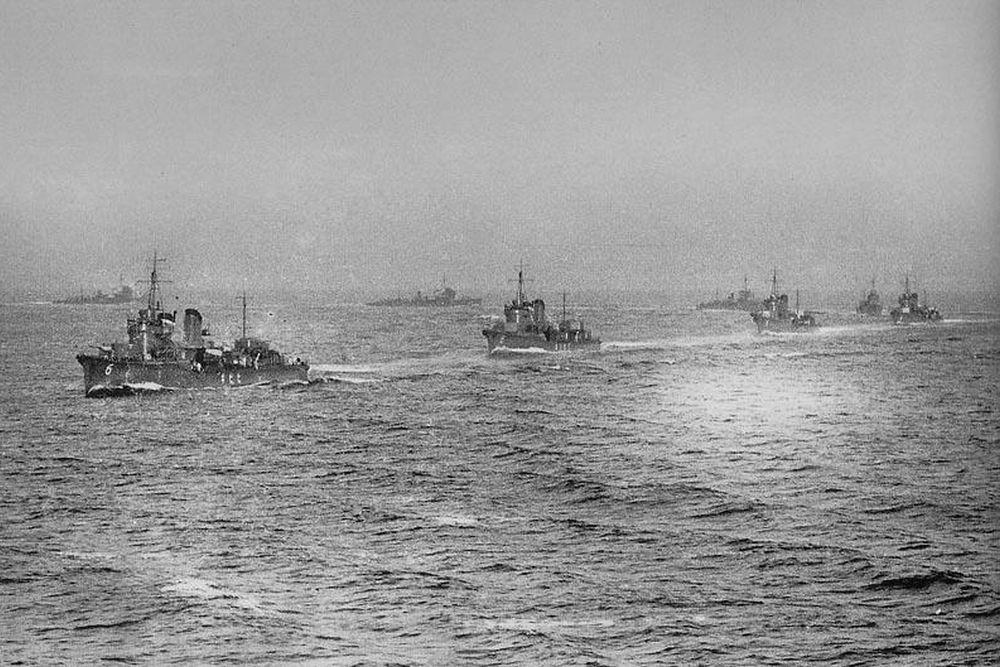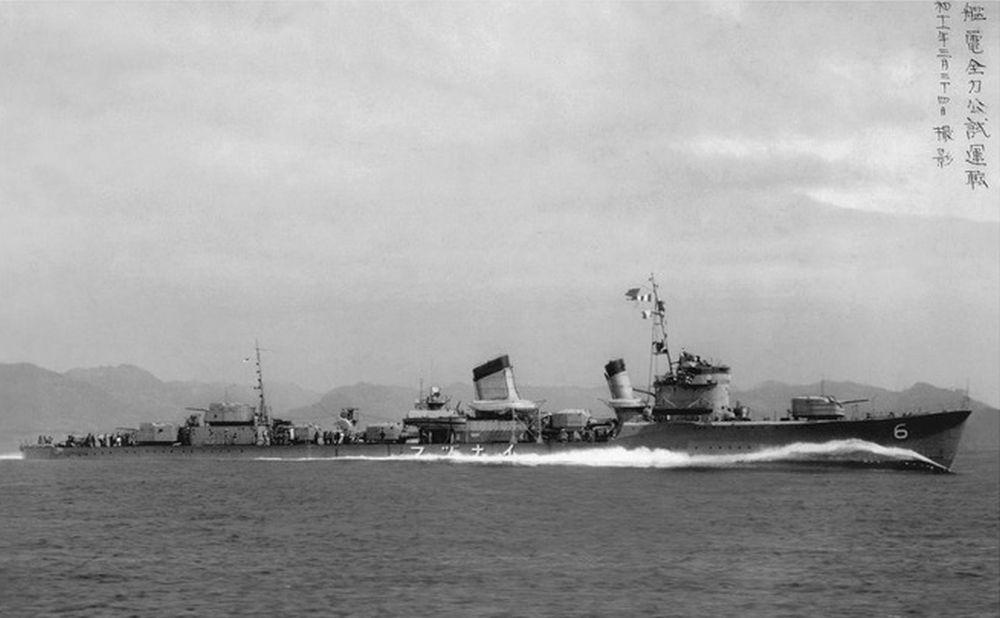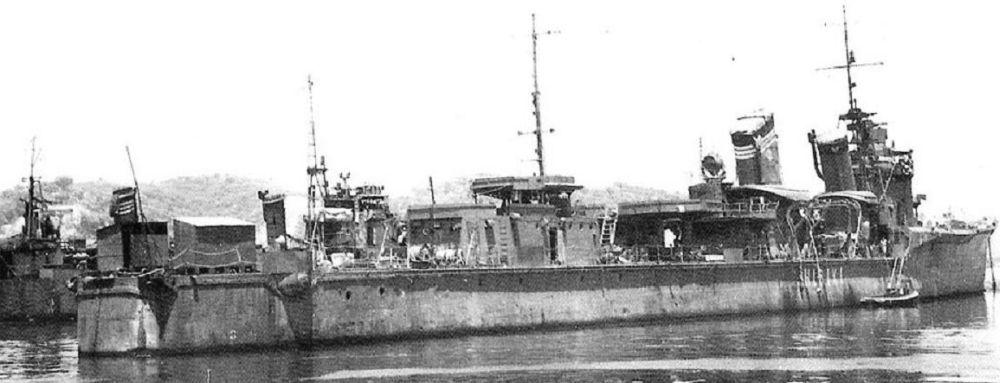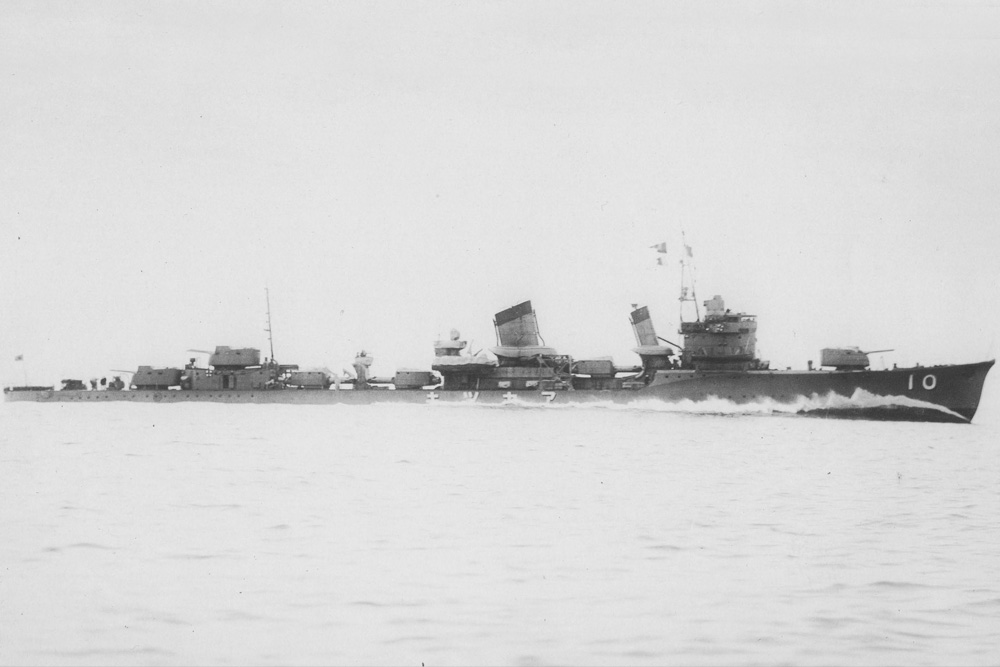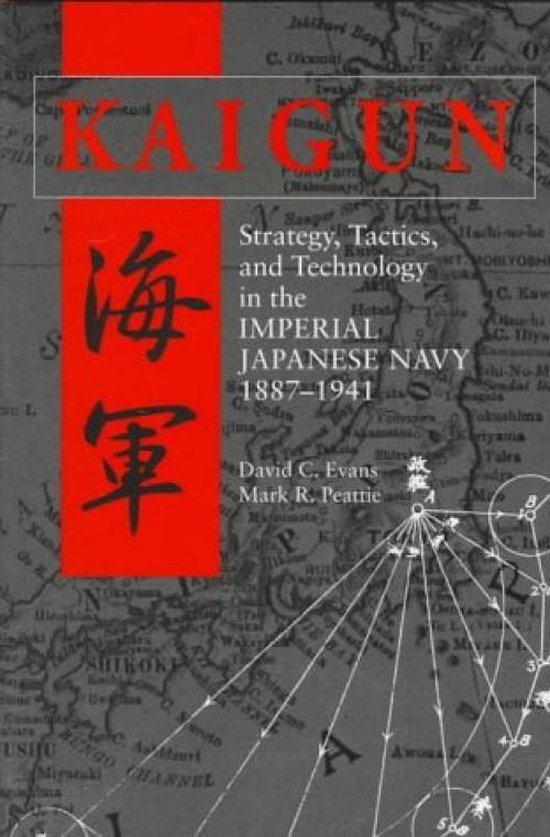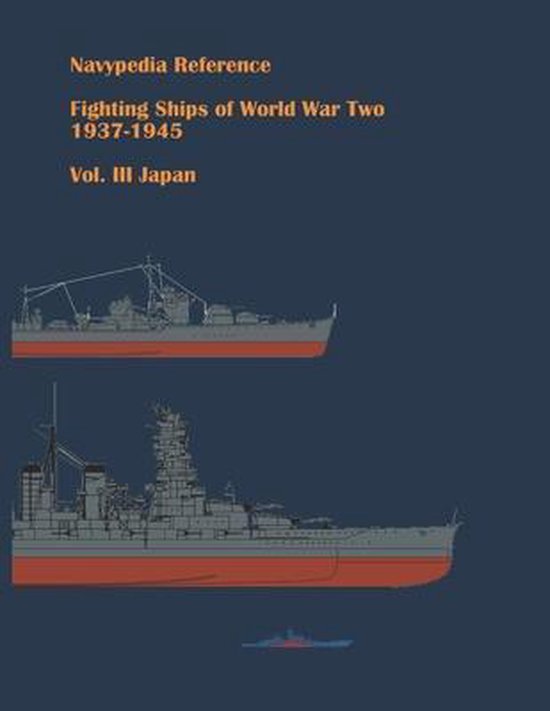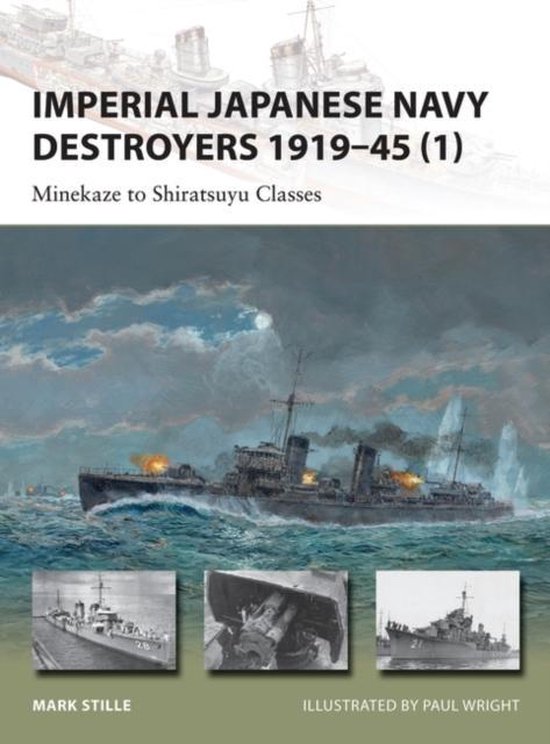Introduction
The four ships of the Japanese Akatsuki-class were built according to the 1927 construction program as a derivative of the Fubuki-class destroyers. The ships were modified in 1935, 1942/1943 and 1944. During the Second World War, all four ships operated as part of the Japanese 6th Destroyer Division. Three ships were lost in combat.
Class overview
| Akatsuki (Dai-55) |
February 17th, 1930: keel laid May 7th, 1932: launched November 30th, 1932: commissioned November 13th, 1942: sunk in action |
| Hibiki (Dai-56) |
February 21st, 1930: keel laid June 16th, 1932: launched March 31st, 1933: commissioned October 5th, 1945: stricken April 5th, 1947: transferred to the Soviet Union Navy mid 1970s: sunk as gunnery-target |
| Ikazuchi (Dai-57) |
March 7th, 1930: keel laid October 22nd, 1931: launched August 15th, 1932: commissioned April 14th, 1944: torpedoed |
| Inazuma (Dai-58) |
March 7th, 1930: keel laid February 25th, 1932: launched November 15th, 1932: commissioned May 14th, 1944: torpedoed |
History
The Akatsuki-class was in fact the third in a series of so-called "Special Type" destroyers, all built according to the 1927 Construction Program. The ships were constructed with a displacement of 1680 tons and capable of a speed of 38 knots. These "Special Type" destroyers consisted of a total of three construction series. The first and second series were virtually identical and are known as the Fubuki-class and the Ayanami-class. The third series was the Akatsuki-class.[1][2]
After the necessary experience had been gained with the Fubuki-class ships, the General Staff of the Imperial Japanese Navy issued new specifications for the remaining series of destroyers. The ships had to have a speed of 39 knots (72 km/h) and be able to cover a distance of 7,400 km at a cruising speed of 14 knots (26 km/h). The objective was that the ships should be able to operate in flotillas that included new fast cruisers.[3]
The Akatsuki-class could be distinguished from the other classes by the much narrower forward smokestack. Also, during construction of these ships, a protective armoured screen was placed on top of the torpedo launch installations. A new type of boiler was used for propulsion, allowing the total number of boilers to be reduced to three without losing power. The ships' bridge became larger than that of the Fubuki-class. In addition to these adjustments, new and weight-saving techniques were used during construction. The Hibiki (Dai-56) even became the first fully welded Japanese ship.[4]
However, the Akatsuki-class also had several shortcomings similar to those that hampered the Fubuki-class destroyers. The relatively heavy armament compared to the size of the ships caused stability problems. After the experiences gained during a heavy storm in 1935, the ships were strengthened and extra ballast was added. This increased the weight to 2,090 tons and the speed correspondingly reduced to 34 knots.
During construction, the main armament consisted of six 127 mm/50 cal Type 3 guns in three double-barrelled turrets. With an elevation of 75 degrees, this gun could also serve as an anti-aircraft gun. The torpedo armament consisted of three triple 610 mm torpedo launchers. The standard anti-aircraft defence comprised of two 13 mm Type 93 anti-aircraft guns. The ships were modernised in 1942 and 1943, with the "X" turret replaced by six 25 mm anti-aircraft guns. The anti-aircraft defence was also expanded with eight 25 mm guns and two 13 mm machine guns. The existing minesweeping equipment was replaced by two depth charge launchers and 36 depth charges. During 1944, the anti-aircraft defence was increased again to a total of 22 x 25 mm and 10 x 13 mm. In late 1944 or early 1945, another set of six 25mm guns were added.[5][6][7]
During World War II, all four ships of this class operated with the Japanese 6th Destroyer Division. Of the four ships, only the Hibiki (Dai-56) survived the Second World War. All three remaining ships were lost in combat. The Hibiki was taken as war booty by the Soviet Union and served as a lodging ship until 1953. The ship was sunk during gunnery exercises in the 1970s.
Technical specifications
| Class: | Akatsuki-class |
| Number in class: |
4 |
| Country: |
Japan, Soviet Union |
| Type: |
Destroyer |
| Displacement: |
1,750 lt (1,780 t) standard 2,050 lt (2,080 t) fully loaded |
| Length: |
118.50 meter |
| Beam: |
10.40 meter |
| Draft: |
3.20 meter |
| Propulsion: |
2 shaft Kampon geared turbines 3 boilers 50,000 shp (37,000 kW) |
| Speed: |
38 knots (70 km/h) |
| Range: |
9,200 km (at 14 knots) |
| Armament: |
6x Type 3 127 mm 50 caliber guns (3x2) 2x Type 93 13mm machine guns (2x1) 9x 610 mm torpedo launch tubes (3x3) 18x Type 93 torpedos 18x depth charges |
| Complement: |
233 |
Notes
- Stille, 2013, pag. 32
- Gogin, 2021, pag. 93
- Gogin, 2021, pag. 93
- Stille, 2013, pag. 32-35
- Stille, 2013, pag. 33
- Evans, 1979, pag. 221-222
- Gogin, 2021, pag. 93
Information
- Article by:
- Wilco Vermeer
- Translated by:
- Simon van der Meulen
- Published on:
- 24-02-2025
- Feedback?
- Send it!
Related sights
Related books
Sources
- BROWN, D., Warship Losses of World War Two, US Naval Institute Press, 1990.
- EVANS, D., Kaigun, US Naval Institute Press, 1979.
- GOGIN, I. & DASHYAN, A., Fighting Ships of World War Two volume 3, Navypedia LLC, Gatchina, 2021.
- HOWARTH, S., The Fighting Ships of the Rising Sun, Atheneum, 1983.
- JENTSURA, H., Warships of the Imperial Japanese Navy, 1869–1945, US Naval Institute Press, 1976.
- MCCURTIE, F.E., Jane's Fighting Ships of World War II, Bracken Books, Londen, 1989.
- STILLE, M., Imperial Japanese Navy Destroyers 1919-45 (1), Osprey Publishing, Oxford, 2013.
- WATTS, A.J., Japanese Warships of World War II, Doubleday & Co, 1967.
- WHITLEY, M.J., Destroyers of World War 2, Cassell Publishing, 1988.
